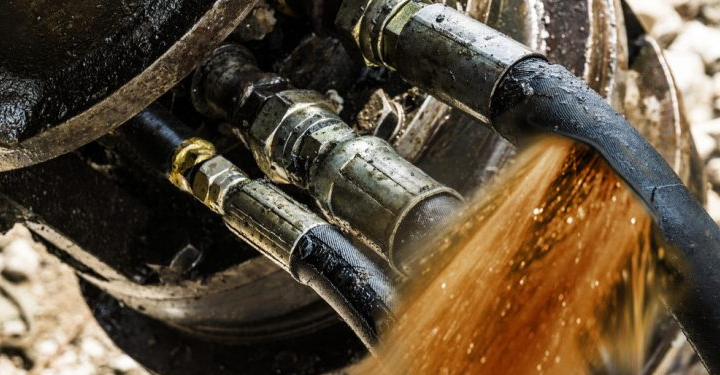When should a hydraulic hose be replaced?
This is a question we get asked frequently by our customers and unfortunately, there is no date stamp that states how long hydraulic hose assemblies will last, however, there are signs that you can learn to look for.
General rules
Preventive hydraulic hose replacement should occur every year or two, again depending on how the machinery is being used.
If your hydraulic hoses fail, do not put an old assembly on your equipment.
Record keeping
One of the best ways to stay on top of hydraulic hose replacement is to implement a preventive schedule, stick to it faithfully and keep a log. In fact, a good log can sometimes help you spot larger issues at work. For example, if you keep a record of every time you replace hydraulic hose assemblies, you might spot a pattern of having to replace some hoses more frequently than others.
Performing inspections at least once a month and updating your log is one of the best ways to prevent hose failure.
Natural aging
Hoses that are in use and replacement hoses that have been left on the shelf for too long can fail simply due to their age. Hose assemblies will age, and with time they become brittle and prone to cracking. That is why you will often see a manufacture date on hoses and assemblies.
Installing a degrading hose can lead to failure because its brittleness will not be able to withstand the high pressures involved with hydraulic system operation. Hoses should always be stored in a regulated environment that is not exposed to extreme temperatures.
What to look for
- Twisted hoses, which can lead to structural weaknesses in the hose and eventual leaks
- Kinked or crushed hoses, which can lead to higher pressures around the kink and localised stresses that can weaken the strength of the hose
- Abrasions and cuts along the outer hose cover (that go beyond the normal scratches, scuffs and minor dents), which can lead directly to hose failure if the cause is not addressed
- Corroded or cracked fittings, which indicate the hydraulic hose assembly needs to be replaced right away
- Worn spots on a hose, which can weaken the integrity of the hose
- Exposure of wire within the hose, which means the strength of the hose may have been compromised
- Leaks around hose fittings, which signal either hose wear around the fitting or damage to the fitting
- Oil running along the length of the hose, which indicate that the hose has failed and must be replaced as soon as possible
Avoid future problems
Hydraulic hoses will eventually wear out or suffer damage, but rarely do they fail without some type of sign. The best way to determine when hydraulic hoses need to be replaced on your equipment is to perform regular inspections to look for signs of impending failure and keep careful logs of those inspections along with the installation dates for replacement hoses.
Preventative maintenance, therefore, is the key to avoiding hose failure and the downtime, expensive repairs, and safety issues that invariably accompany it.
If you’re looking for replacement hydraulic hose, why not contact our sales and technical teams who will be happy to help, or, if you’re based in the North East, pop along to our Sunderland based workshop.


